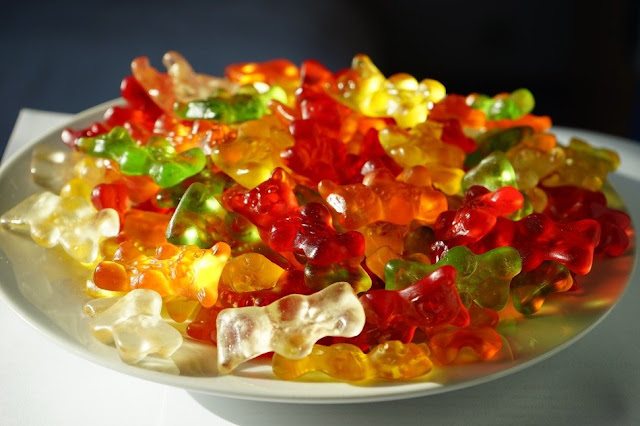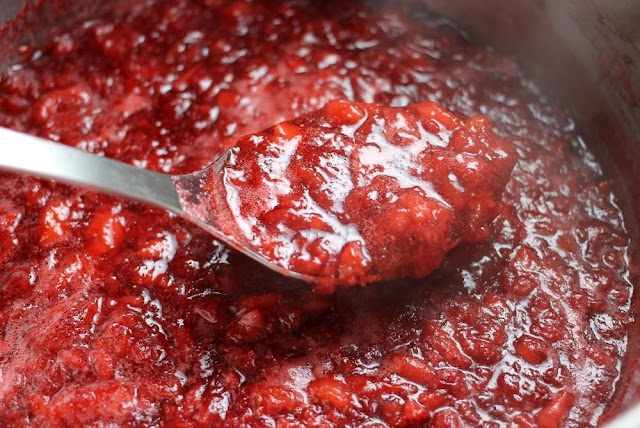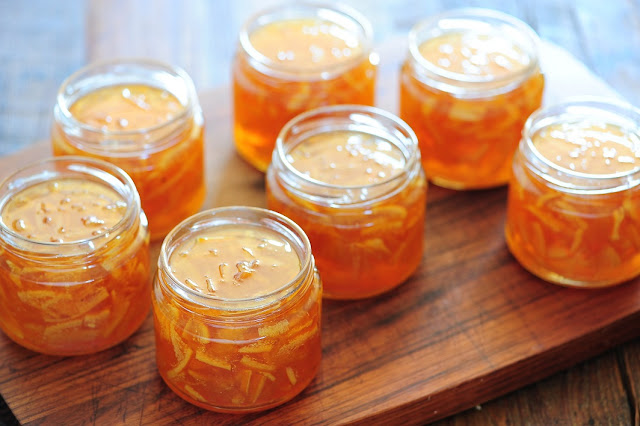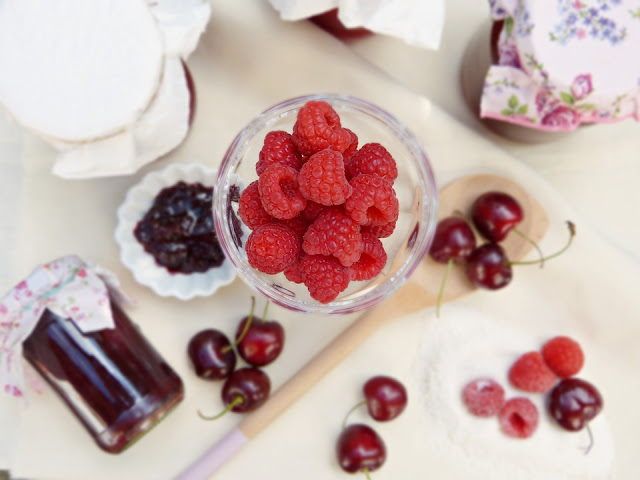What’s the contrast between jam, jelly, and preserves?
What’s the contrast between jam, jelly, and preserves?
Whenever we go to the grocery we find racks rows and rows of several brands of colorful fruit spreads labeled as jam, jelly, and preserves But what exactly the difference between them we do not know?
The major difference between the jam, jelly, and preserve depends on the quantity of the original fruits are used in the preparation or the difference between these three is that how the quantity of fruit left in the final product and the final consistency
The most common factors in all containers of rack stable fruit spread – jams, jams, and such that are loaded up with a mix of three fixings like fruit, sugar, and pectin.
What is Pectin? – Pectin is a naturally occurring starch found in fruits and vegetables it is one of the key ingredients of the jam and jellies and use in place of a fat substitute. This kind of starch called a heteropolysaccharide that normally found inside the cell walls of fruits and vegetables, giving them structure and form. At the point when warmed to 220°F, exposed to a touch of acids ( lemon or different citrus juice), and left to cool, pectin changes as a gel.
The firmer a fruit, the higher the pectin content. This is the reason jams and jams made from delicate fruits like strawberries, raspberries, and grapes regularly still depend on pectin accumulated from fruits like apples, pears, apricots, plums, quince, or oranges. On account of oranges specifically – and lemons, grapefruits, and limes too – most of the pectin content is found in the firm skin of the fruit, however more on that in a peel.
As fruit ages on the plant, branch, or hedge, the pectin inside is separated by proteins normally present in the fruit itself. As the pectin content lessens, the fruit relaxes and in the long run spoils. Along these lines, fruit spreads are made utilizing under-matured (or marginally aged) fruit still rich with pectin.
Jams, jams, and preserves are largely variations of this fruit, sugar, and pectin trifecta, each with a particular recipe.
Jelly
Jelly is sweet just like jam but it is firm, smooth, and gelatinous. Jelly is made up of cooked, clarified fruit juice, sugar, and pectin it does not contain enough naturally occurring pectin like jams. In the wake of cooking, yet before it has had the opportunity to cool, the blend is stressed through a fine work jelly pack to eliminate contaminations and solids.
Whenever it has cooled and cemented or solidified, you are left with a firm, straightforward fruit spread. Jelly is prominent for its thick gel, its gemstone-like clearness, and for the way that it is made with fruit juice rather than fruit.
Jam
Jam, like jelly, contains both sugar and pectin. It contrasts, nonetheless, in that genuine, squashed fruit or fruit mash is utilized rather than fruit juice. The squashed fruit is cooked down, for the most part with a touch of corrosive, until the fruit loses its shape and consistency. At that point, sugar and pectin are added to the combination.
Once cooled, the jam takes on a clear quality. Light actually goes through it, yet obvious pieces of fruit are suspended all through.
In light of jam’s incorporation of genuine fruit rather than juice, it might seem like the more beneficial alternative of the two. In any case, to qualify as a jam under the U.S. Food and Drug Administration (FDA) rules, an item should in any case contain over 55% sugar. Sugar is considered a preservative agent in every one of these blends, drawing out moisture from the fruit.
Preserves
Marmalade
Marmalade in appearance is just similar to preserves or jam, with the small pieces of suspended fruit embedded within, but it is actually more likely closely related to jelly. Marmalade is made by adding small pieces of fruit skin – most commonly, orange – to a jelly mixture made from citrus juice, sugar, and pectin.
Citrus skin is rich in pectin content. When preserved in marmalade, it provides both a tartness(acerbity) and texture, unlike its other canned cousins.
Another fruit spread identified with jam is saved. Indeed, like squares and rhombuses, all conserves are jams, however, not all jams are preserves. That is on the grounds that conserves are explicitly made from various kinds of fruit. That blended berry container of jam on the rack of your fridge? It’s really a conserves. Likewise, containers of fruit mashups like raspberry-peach or cranberry-apple are all in fact moderates.
Compote and coulis
Two further kinds of cooked fruit spreads, but ones you’re unlikely to discover safeguarded in a container, are compote and coulis. Both are combinations of fruit and sugar that shun pectin for a drawn-out, slow cooking strategy. Compote is a finished decrease containing bits of the fruit, while coulis takes an additional ride through a food processor until it is made entirely smooth. Both compote and coulis are generally made for immidiate utilization.
Fruit butter
At long last, there’s fruit butter. That is the thing that you get when a handled until-smooth coulis keeps on being gradually cooked down until a significant part of the moisture is vanished out. The puree that remaining parts take on a thick, practically velvety consistency that we call fruit butter. That is if it’s made from one of only eight fruits. In the event that your butter isn’t made from apples, pears, peaches, grapes, apricots, plums, quince, or prunes, at that point it can’t actually be marked fruit butter under FDA rules.










